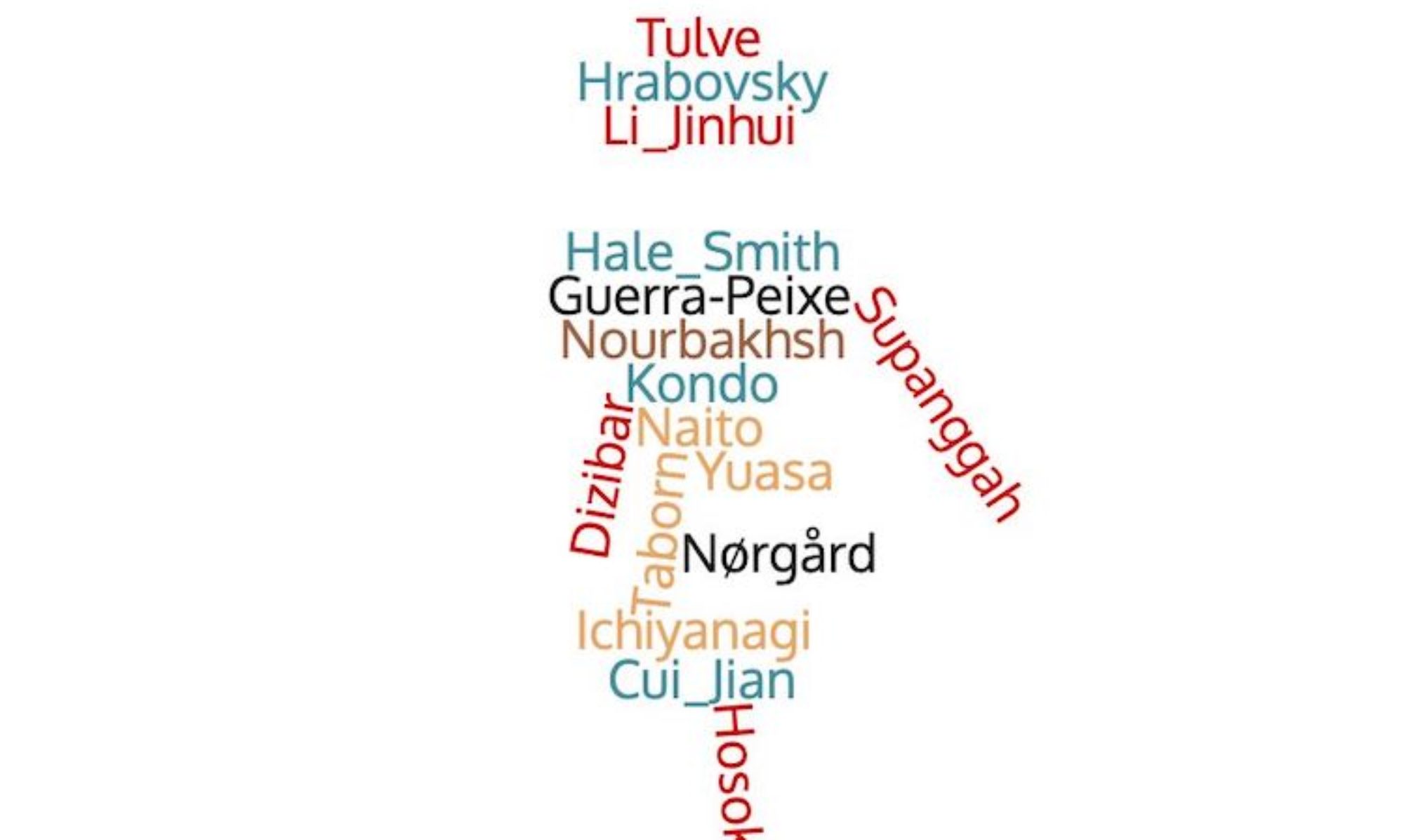By Mao Mengdan and Min Lingkang
This post is part of a series on 100 modern conservatory-trained Chinese composers from 1912 onwards who wrote symphonic, ensemble, and solo instrumental music using Western instruments, as well as choral and solo vocal music, adopting Western tonality or avant-garde techniques. They are regarded as key historical figures in and drivers of modern Chinese music history.
Ding Shande (November 12, 1911 – December 8, 1995) was a Chinese composer, pianist, and music educator from Yushan Town, Kunshan, Jiangsu Province. He held various prominent positions, including vice-chairman of the Chinese Musicians Association and honorary chairman of the Shanghai Musicians Association.
Ding graduated from Kunshan County Middle School in 1928, where he developed a deep love for music and learned to play various instruments, including the erhu, pipa, and organ. In the autumn of 1928, he was admitted to the National Music Institute’s piano department (later renamed the National Conservatory of Music), where he studied pipa with Zhu Xingqing and harmony with Huang Zi. A year later, he began studying piano.
Starting in 1931, Ding taught at the Shanghai Art College while composing patriotic songs such as “Forty Million Compatriots” when Japan invaded and occupied Northeast China. In 1935, he graduated with honors from the conservatory’s advanced piano class and held a solo graduation concert, becoming the first Chinese musician to perform a piano solo concert. He was then appointed as a professor at the Hebei Women’s Normal College and held concerts in Tianjin and Beijing, making a name for himself as a pianist. During the war, he founded the Shanghai Music Institute (later renamed the Shanghai Private Conservatory of Music) and engaged in music education while teaching at his alma mater.
From 1942, Ding studied composition with the German-Jewish composer Wolfgang Frankel for five years, focusing on composition. His breakthrough work was the piano suite “Spring Journey” written in 1945. After the war, he served as a piano professor at the Nanjing National Music Institute.
In 1947, Ding went to France for further study at the Paris Conservatory, studying counterpoint and fugue with Noël Gallon and composition with professors Tony Aubin, Boulanger, and Honegger. He also attended analysis classes by Messiaen. During his two years in France, he composed works such as “Three Preludes for Piano,” “Chinese Folk Song Theme Variations,” and “Symphonic Suite of New China,” earning diplomas in counterpoint, fugue, and composition.
Upon returning to China in 1949, Ding served as a professor, head of the composition department, and vice president at the Shanghai Conservatory of Music. He also held various positions, including vice-chairman of the Chinese Musicians Association, honorary chairman of the Shanghai Musicians Association, and honorary chairman of the Modern Music Society of the Shanghai Conservatory of Music.
Ding Shande passed away on December 8, 1995, in Shanghai.
Ding’s “First Xinjiang Dance,” Op.6, composed in 1950, is a piano piece inspired by the early days of the People’s Republic of China. The composition reflects the warmth, music and dance, and the hardships of the Uyghurs (Chinese writings generally refer to “Xinjiang” people without specifying their ethnicity, but the work contains Uyghur musical signifiers). It uses dissonance and complex rhythms, while showcasing both the era’s and the region’s characteristics.
The piece is a ternary form with a lively and joyful first section, a slower and more solemn second section contrasting with the dance rhythms, and a third section that returns to the dance scene. The work ends in a fervent atmosphere, expressing joy and optimism.
You can watch a performance of Ding Shande’s “First Xinjiang Dance” at the following link: https://www.bilibili.com/video/BV1DA411x7CQ?share_source=copy_web&vd_source=4681f0684a5c74dd125d397ca5882ba3
